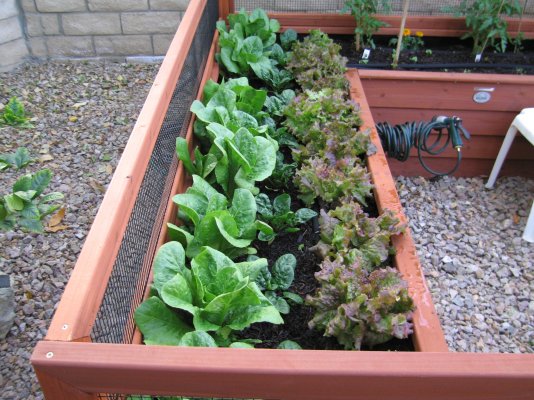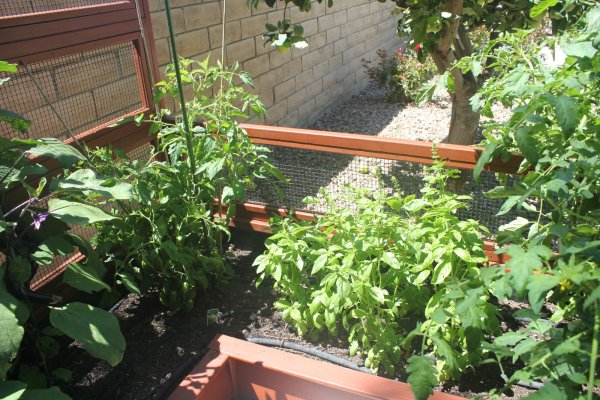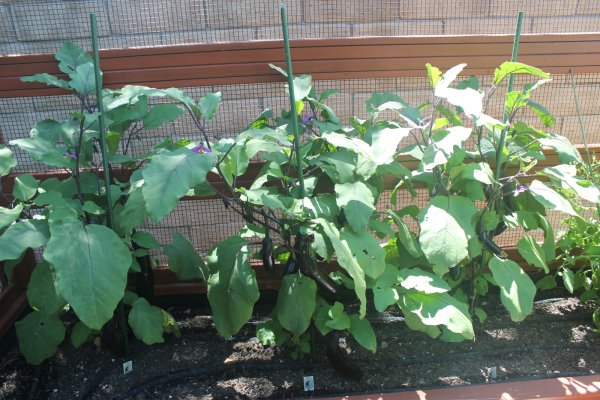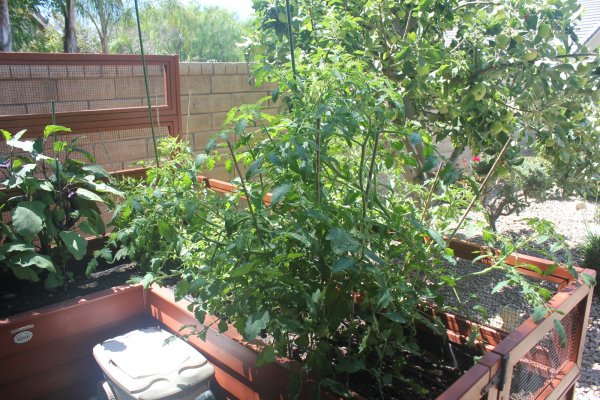B-Guy
Recycles dryer sheets
- Joined
- Nov 30, 2021
- Messages
- 185
I’m frustrated with our garden’s soil conditions. It's primarily heavy clay, with hard pan starting at about 8-10 inches down, and it’s large at 50’ X 100’. Where the garden is, was a pasture prior to purchasing the farm, so it took several years to get the grass under control. We have had the garden in the same location for almost 20 years and is only marginally better now.
When the moisture is just right it’s wonderful to till and plant in. However, most of the time its either too moist or too dry. Some of the things we’ve done to amending it, is the addition of cow manure, green manure (legumes, oats, and buckwheat) and straw (7 big round bails of partially rotted straw so far).
A few years ago, I had the soil tested and its pH is 7.5 and the only thing that was suggested was to add was nitrate nitrogen at 1.7 lbs. per 1000 sq feet, which we did, and possibly increase the acidity, which I haven’t done.
We have heard that sand is a cost-effective solution to loosen up clay up with, mixing it at about a 50/50 mix. There are also many soil conditioners that claim to loosen up clay, like RestoreClay and Humate Soil Conditioner, to name a couple. The last thing I want to do is to make the situation worse.
I would love to hear any ideas from those of you who have dealt with a similar issue and what you did to resolve it.
When the moisture is just right it’s wonderful to till and plant in. However, most of the time its either too moist or too dry. Some of the things we’ve done to amending it, is the addition of cow manure, green manure (legumes, oats, and buckwheat) and straw (7 big round bails of partially rotted straw so far).
A few years ago, I had the soil tested and its pH is 7.5 and the only thing that was suggested was to add was nitrate nitrogen at 1.7 lbs. per 1000 sq feet, which we did, and possibly increase the acidity, which I haven’t done.
We have heard that sand is a cost-effective solution to loosen up clay up with, mixing it at about a 50/50 mix. There are also many soil conditioners that claim to loosen up clay, like RestoreClay and Humate Soil Conditioner, to name a couple. The last thing I want to do is to make the situation worse.
I would love to hear any ideas from those of you who have dealt with a similar issue and what you did to resolve it.





